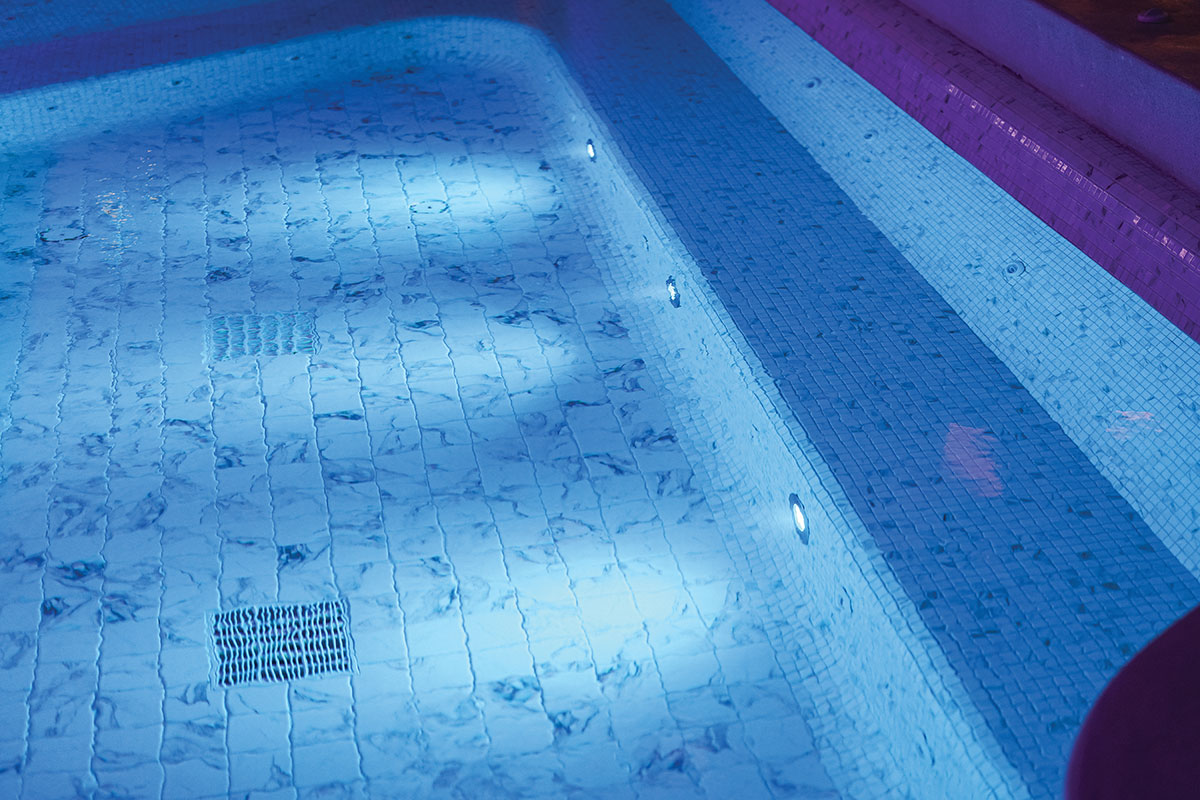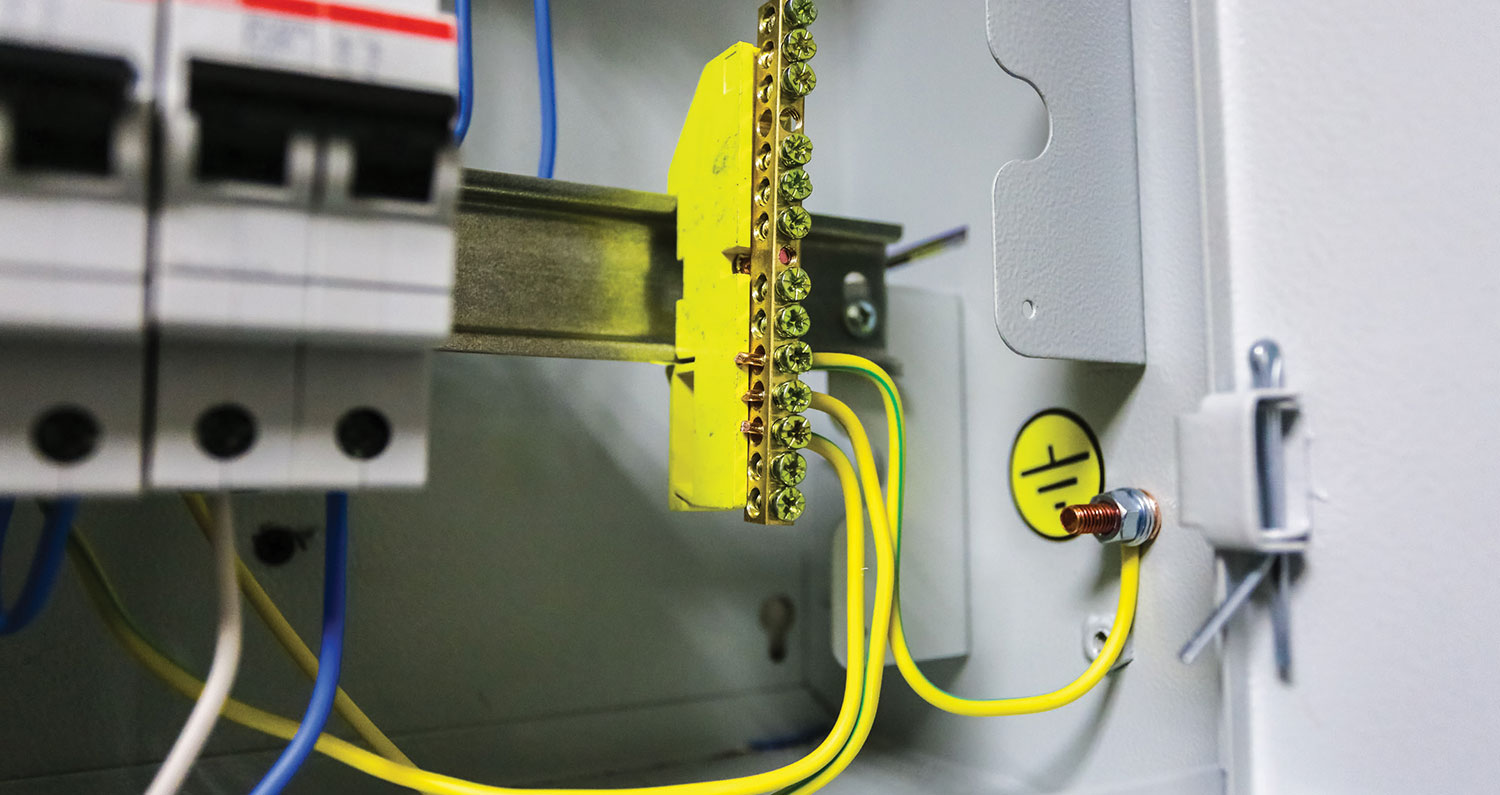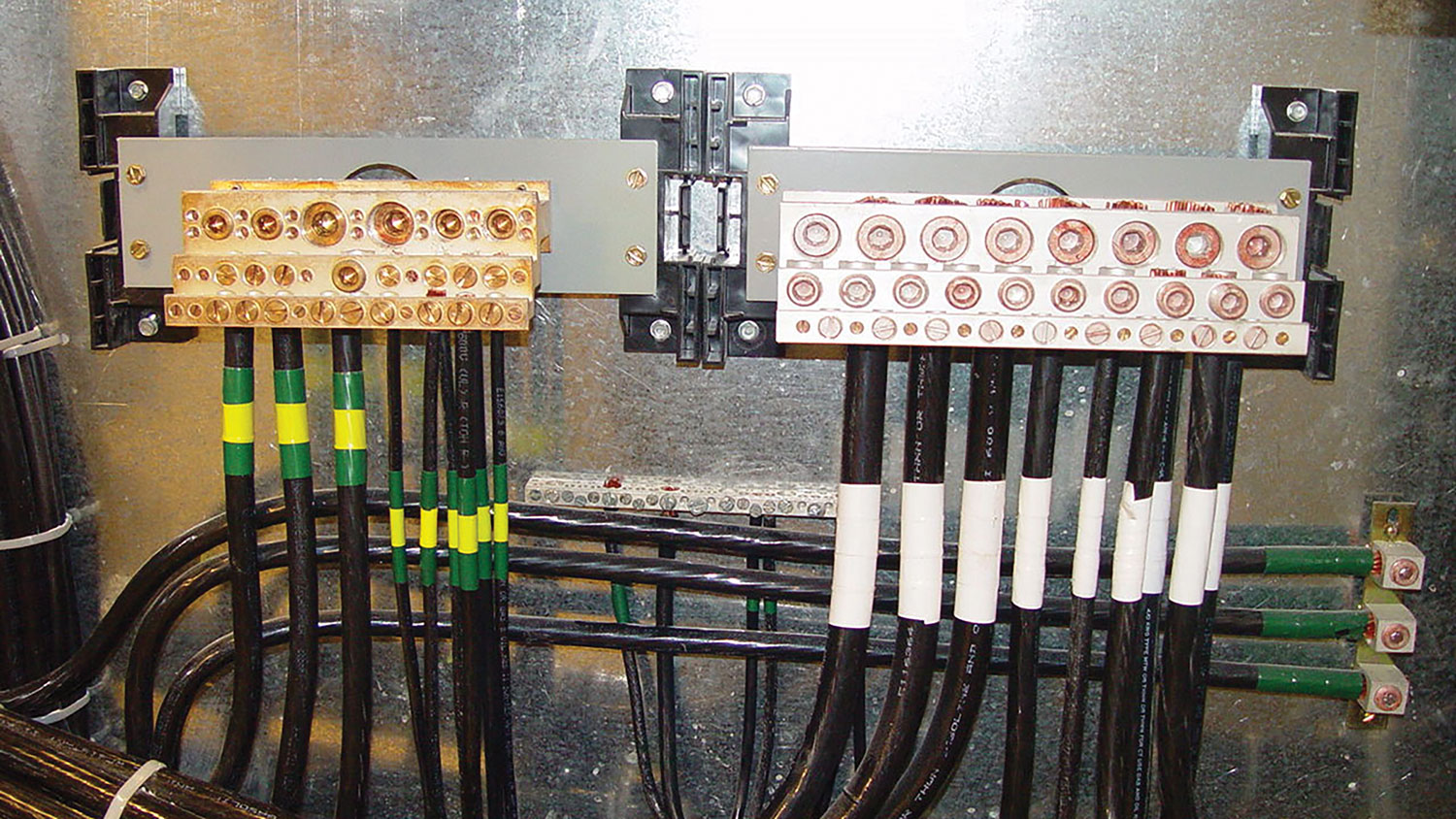No doubt everyone has experienced the frustration of a PC computer crash, lockup or unreliable data. Their cause is often due to voltage noise, formally defined as “unwanted disturbances imposed upon a useful signal to obscure its information content.” Transient power system voltages and high frequency leakage currents can result in such failures and other problems. Since computer signal voltages are usually below 5 volts, it stands to reason that even very low transient noise voltages have the capability of causing questionable data or a disruption in service.
Electronic equipment must meet strict shielding standards to prevent electrical noise from entering or leaving the equipment. But such equipment is usually interconnected with other equipment by data cabling, and always connected to a power supply. In both instances, wiring passing through a machine’s shielding system can carry noise into a machine. The trick is to prevent outside problems from entering the machines through their shielding to create failure conditions.
One solution for equipment up to 150 volts to ground is single point bonding. The Canadian Electrical Code, Subrules 10-906(8) and (9) permit bonding for sensitive electronic equipment to be separated from the bonding for electrical equipment and raceways. Single point bonding means bringing the bonding conductors for data processing equipment and similarly sensitive devices back to a common point in an attempt to maintain potential differences among different machines as low as possible by equalizing their exposure to transient voltages.
For each isolated grounding receptacle or hard-wired equipment, this is done by installing a separate, insulated bonding conductor, passing through the supplying panelboard without any bonding connections, and providing a common bonding point at the main distribution switchboard. (This may be interpreted differently in various jurisdictions.) One thing is clear—this does not permit bonding conductors to pass though the main switchboard to a separate grounding electrode.
When applying single point bonding for receptacles and hard-wired equipment, the code sets a number of conditions:
- the separate bonding conductor must be in the same cable or raceway with the supply conductors;
- the separate bonding conductor must be sized according to Table 16 and the overcurrent protection for each leg of the run;
- bonding for outlet boxes and equipment is done as usual in compliance with other code rules.
Single point bonding is normally quite effective to minimize electrical noise disruptions to sensitive equipment. This is a practicable approach when the equipment is widely distributed throughout a facility. However, when computers or other sensitive equipment are concentrated in a computer room or other confined area, an even more effective method becomes available. This method involves also connecting the frames of all equipment in the room to a Zero Signal Reference Grid.
High frequency leakage currents flowing on equipment bonding systems can create potential differences among interconnected equipment due to the “frequency response” of conductors. Higher frequencies create higher conductor impedance and voltage drop.
Since many computer rooms have a raised floor consisting of pedestals and stringers laid out in a grid, the metallic floor system can be used as a Zero Signal Reference Grid for bonding equipment in the room. A preferred method is to install a copper mesh grid underneath the computer room raised floor. In either case, potential differences among equipment in the room are eliminated or greatly reduced by bonding equipment directly to the grid. A Zero Signal Reference Grid presents a low impedance bonding path to high frequency signals and voltage noise of all types. This technique is normally used in addition to the regular bonding methods.
The Zero Signal Reference Grid should be bonded to all electronic equipment in the room and to all metal objects including metal piping, raceways and building steel within 2 metres of the grid. Bonding connections should be as short as possible without any sharp bends. The power supply panel and HVAC equipment to the room should be bonded to the ZSRG. Computer equipment should be connected to the center and all other metal objects to the perimeter of the grid. Always comply with the Canadian Electrical Code.
There should be no inconsistency with the code when applying special high frequency bonding methods. Rule 10-200 permits rearrangement of grounding and bonding to prevent an “objectionable flow of current” and Subrule 3 provides some direction on its application. But it is always prudent to consult an inspector before initiating any changes to the normal bonding methods prescribed by the code.
As always, you should consult with the local inspection authority for a more precise interpretation of any of the above.










Find Us on Socials